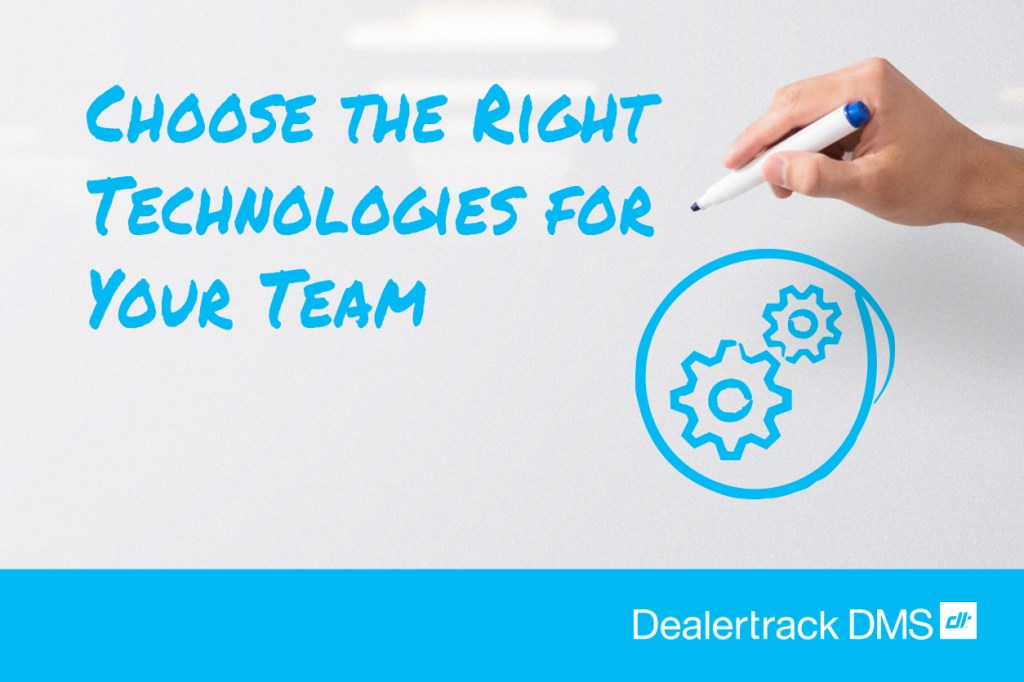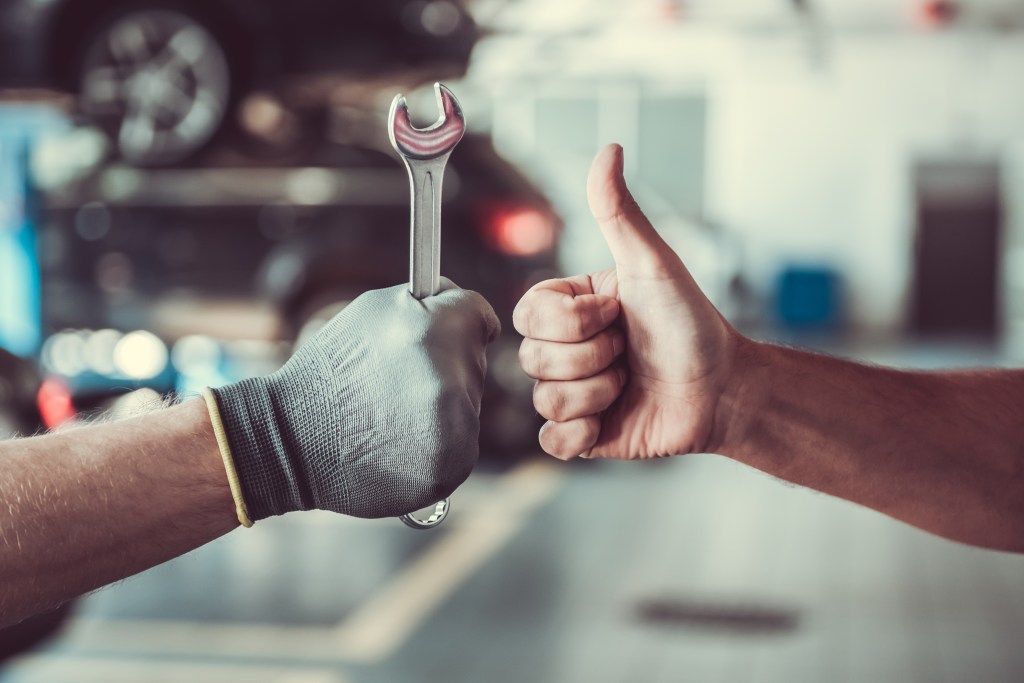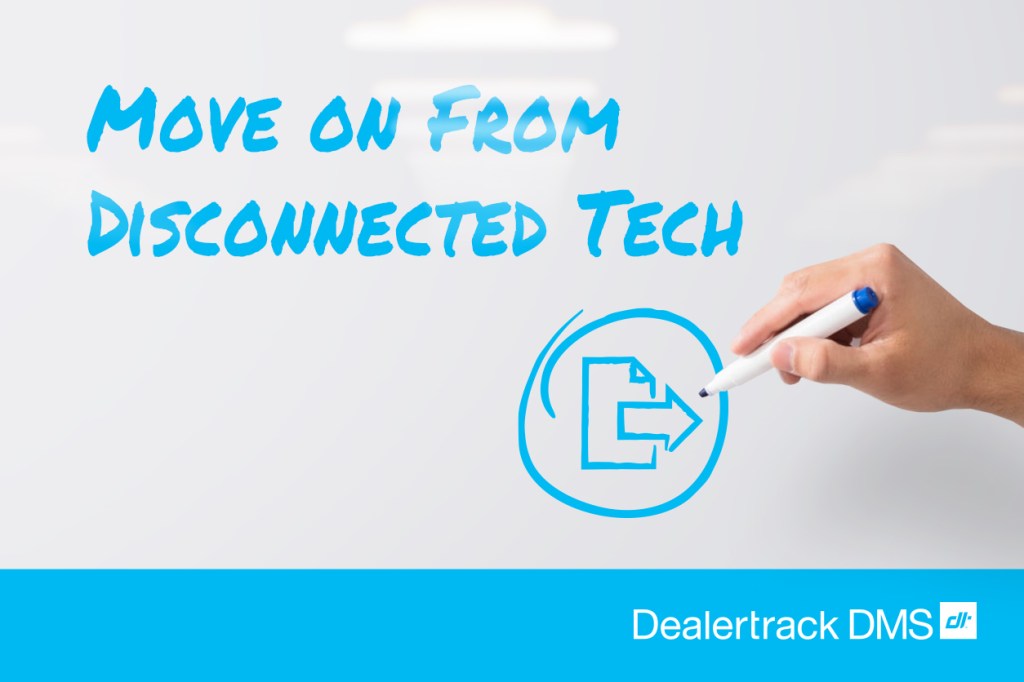If you manage human resources within a dealership, you have two jobs. First, you do the job you were hired to do—taking care of your people. And, you also do clerical and administrative work in order for people to do their job and get paid. And, often, putting in the hours to ensure your team gets paid, adds up to…lost hours. In fact, a recent study1 on workplace productivity estimates that office workers spend 552 hours, or 69 total days, a year on administrative or repetitive tasks. The cost of that lost productivity is a staggering $2.87 trillion annually in the United States.
With such a heavy cost to your dealership’s resources and to your personal time, eliminating repetitive HR administration work should be one of your most important financial goals. Not surprisingly, technology solutions have come forward with a promise of solving this important problem, while increasing efficiency within dealerships. Modern solutions bring payroll and HR management into the digital age by integrating with your DMS and reducing the amount of monotonous, administrative HR work you have to do. By reducing duplicate data entry, automating manual processes, and streamlining important activities, an integrated payroll and HR solution helps you stay focused on your actual job.
Integrated HR: Hiring, Onboarding, and Training
As a human resource professional, one of your most important jobs is to keep your dealership staffed with quality talent. Unfortunately, the process of hiring, onboarding, and retaining great employees is filled with unproductive administrative work. You spend as much time creating job posts, reviewing resumes, filling out employee paperwork, and collecting personal documents, as you do getting new employees up to speed on their important jobs.
With the right technology, you can build brand awareness and market open roles across multiple channels to connect with top applicants and to convince them to work for you. Using an automated, integrated solution to aide in your employee search can help you look beyond your typical pool of talent to attract highly qualified candidates. And, the ideal partner will give you access to experts that can assist you in your talent acquisition efforts.
The efficiencies don’t stop on an employee’s first day of work. Integrated HR platforms make the complex task of employee onboarding much easier. The benefits of effective onboarding and job training are clear. Research performed by Hireology suggests that 62 percent of companies with structured onboarding programs experience faster time to productivity and 54 percent claim to have better employee engagement. Most importantly, 69 percent of employees that receive effective onboarding are more likely to stay with their employer for at least three years.
Integrated Payroll and Benefits Management
Better hiring practices can bring in better employees and effective onboarding can get them up to speed quickly. But there’s really only one thing that will keep your team members engaged for the long term—a regular paycheck and great benefits. A DMS-integrated, paperless payroll processing solution reduces human error, speeds up workflows, and eliminates manual data re-entry, making it easy to get your people paid. Just imagine how much time you could save with one system that compiles and organizes manual reports for ongoing payroll processing and posts payroll accounting information back to the DMS general ledger. With the ability to validate, review, and reconcile seamlessly, you avoid the manual work that eats into your time and destroys your productivity.
Just as a good compensation package goes beyond base salary, a great HR management system goes beyond payroll processing to include all benefits. In addition to managing other forms of monetary compensation, including bonuses and sales commissions, a comprehensive HR solution helps you manage employee paid time off, performance reviews, job descriptions, and more. And because you won’t have to track and report these items manually, or through separate systems, you’ll be more efficient.
It’s time to bring payroll and HR into the digital age. Comprehensive human capital management systems with payroll processing streamline administrative tasks, eliminate manual processes, and avoid costly errors, reducing the amount of clerical and administrative work that you have to manage. That means you spend less time on paperwork and more time taking care of your people.
Want to learn more about Integrated Payroll and HR Management from Dealertrack DMS? Click here to see how your dealership could benefit.
Source: https://itchronicles.com/technology/repetitive-tasks-cost-5-trillion-annually/




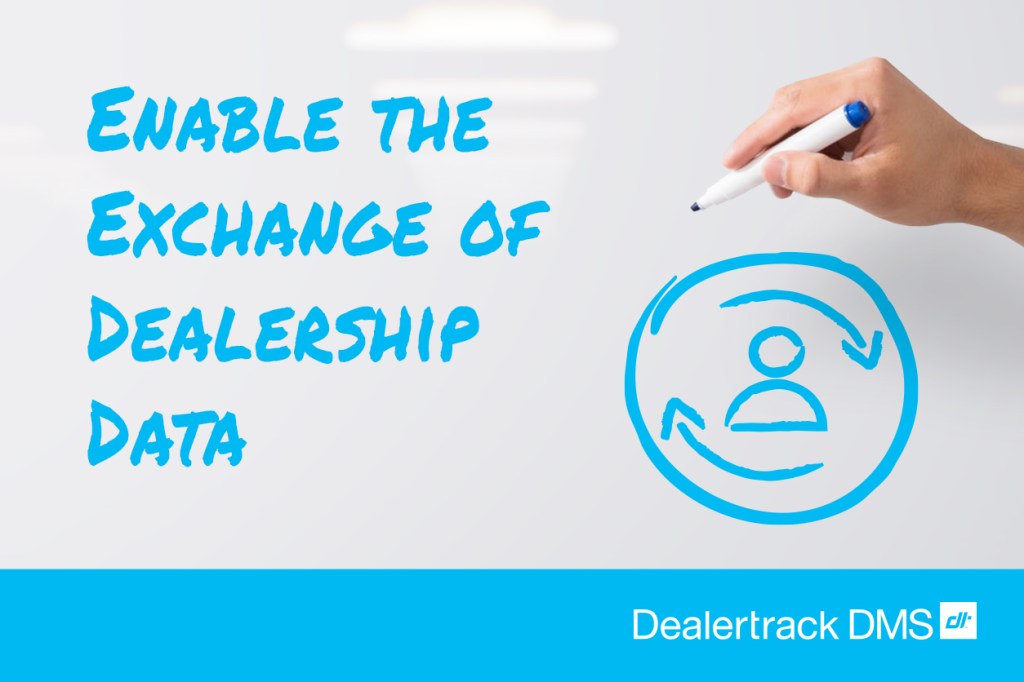


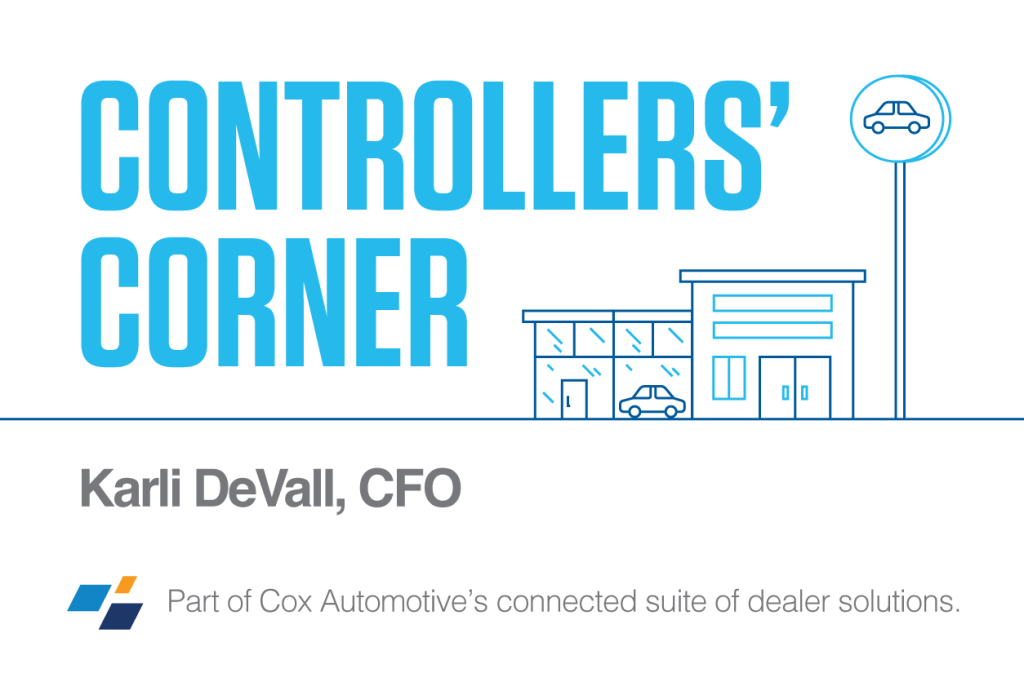

 Karli DeVall is the CFO at Tim Dahle Nissan and Red Rock Auto Group. Prior to her current role, she spent ten years running an accounting and consulting practice in the retail automotive industry where she specialized in fixing broken accounting offices. She is passionate about the role that controllers and accounting teams play in the business and looks for ways to empower teams to connect and showcase their skills to their community.
Karli DeVall is the CFO at Tim Dahle Nissan and Red Rock Auto Group. Prior to her current role, she spent ten years running an accounting and consulting practice in the retail automotive industry where she specialized in fixing broken accounting offices. She is passionate about the role that controllers and accounting teams play in the business and looks for ways to empower teams to connect and showcase their skills to their community.


 Michael Panozzo is a Dealertrack DMS Performance Manager who works with dealerships to maximize DMS utilization and drive process and profit improvement. Michael came to Cox Automotive in 2016 after a 15-year career working in and managing auto dealerships where he honed his skills in operational excellence.
Michael Panozzo is a Dealertrack DMS Performance Manager who works with dealerships to maximize DMS utilization and drive process and profit improvement. Michael came to Cox Automotive in 2016 after a 15-year career working in and managing auto dealerships where he honed his skills in operational excellence.


